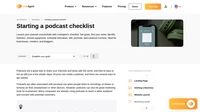- All checklists
- Customer Service
- SaaS customer onboarding checklist
SaaS customer onboarding checklist
The SaaS customer onboarding checklist from LiveAgent includes key steps like setting goals, assigning a customer success manager, creating tutorials, scheduling calls, and using help desk software. It ensures a smooth onboarding process to enhance customer satisfaction.

- Prepare an automated welcome message
- Schedule a call with the customer
- Include a greeting screen or modal
- Set customer success goals
- Assign a customer success manager
- Choose your onboarding model
- Set up tracking and analytics
- Identify your Eureka moment that drives product adoption
- Build a customer path backward from the Eureka moment
- Set up a knowledge base or an FAQ page
- Make (video) tutorials
- Implement chatbots or live assistance tools
- Use help desk software like LiveAgent
-
Customer Service
-
Customer Service Standards
-
Customer Service Quality Assurance
-
Customer Complaint Handling
-
Customer Service Evaluation
-
Help Desk Quality Assurance
-
VoIP Implementation
-
Customer Service Audit
-
IT Help Desk Audit
-
Help Desk
-
Customer Service Call Quality
-
Customer service skills checklist
-
Customer Service Agents Training
-
New Client Onboarding
-
Know Your Customer
A SaaS customer onboarding checklist is a tool used by customer success managers to keep track of the key tasks that need to be completed during the start of a customer’s journey with a new Software as a Service (SaaS) application. These steps will help the customer get the most out of your SaaS and avoid any potential roadblocks that could lead to early churn.
The importance of a SaaS customer onboarding checklist
Successful onboarding with a new SaaS application depends on how easy it is to use and how quickly the customer can see results from using the software. If the customer onboarding process is long, complicated, or lacks key steps, it will likely discourage new clients from using the software and cause them to churn.
A SaaS customer onboarding checklist can help customer success managers keep track of the key tasks that need to be completed during the start of a customer’s journey and properly execute each one. By implementing these methods, you’ll be able to provide your customers with a great user onboarding experience that keeps them satisfied with your product.
Who can benefit from a SaaS customer onboarding checklist
- Customer success managers
A SaaS customer onboarding checklist can help customer success managers keep track of the key tasks that need to be completed during the start of a customer’s journey. This will allow them to properly execute each task and provide their customers with a great user onboarding experience.
- Account managers
If you’re an account manager, a SaaS customer onboarding checklist helps you keep track of the tasks that need to be completed for each customer. In this way, you can provide them with the best possible experience and you can rest assured that your customers are getting the most out of your SaaS application.
- New SaaS customers
A SaaS customer onboarding checklist can help new clients get the most out of your software. If the company follows the steps on such a checklist, customers will be able to quickly see results and remain satisfied with the service.
Explore our SaaS customer onboarding checklist
When a new customer signs up for your SaaS, send them a triggered greeting.
Why is it important to prepare an automated welcome message?
This is the first interaction that a new customer has with your company. It’s crucial to make this message as friendly and welcoming as possible, as it will set the tone for future interactions.
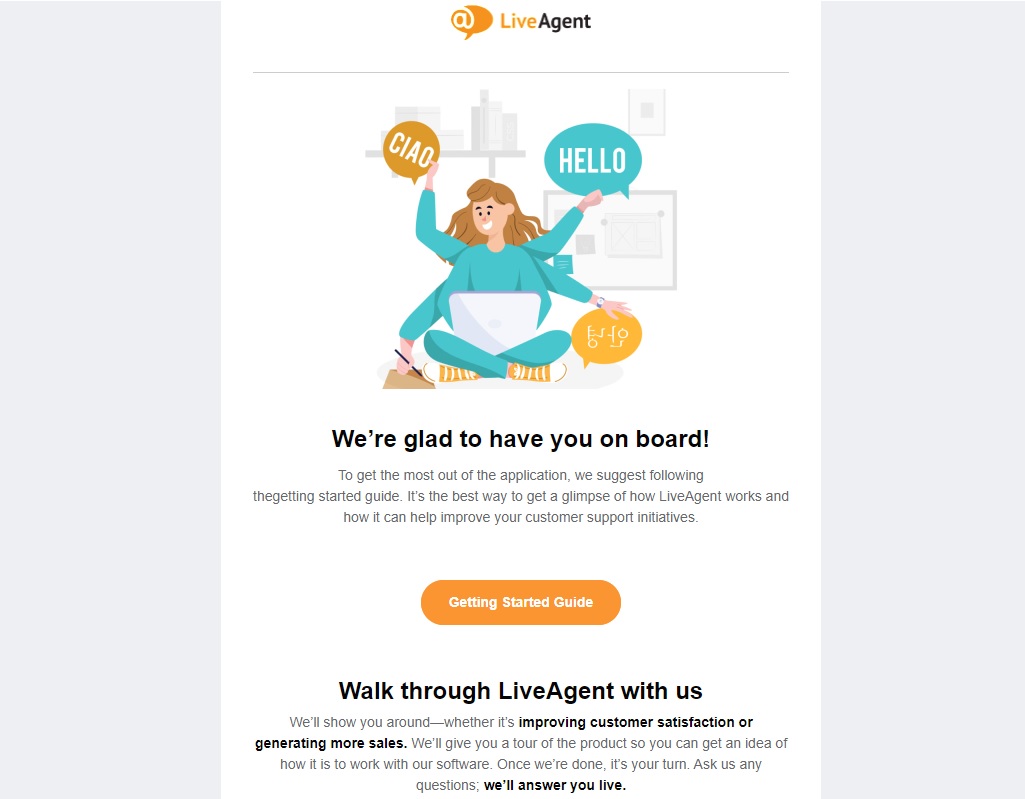
How to prepare an automated welcome message?
Your greeting should include information on how to get started with your software and what they can expect from the customer onboarding process. It’s also a good idea to include links to helpful resources, such as your company’s blog or FAQ section.
What tools to use for preparing an automated welcome message?
- Marketing automation platform – to set up a triggered greeting
- Email service provider – to send the automated welcome message
- Your company’s blog or FAQ section – to provide helpful resources for new customers
Once you’ve greeted the customer, it’s time to reach out to schedule a call.
Why is it important to schedule a call with the customer?
A phone call is a great way to build rapport with a new customer. It’s an opportunity to introduce yourself, get to know them better, learn more about their needs, and answer any questions they may have.
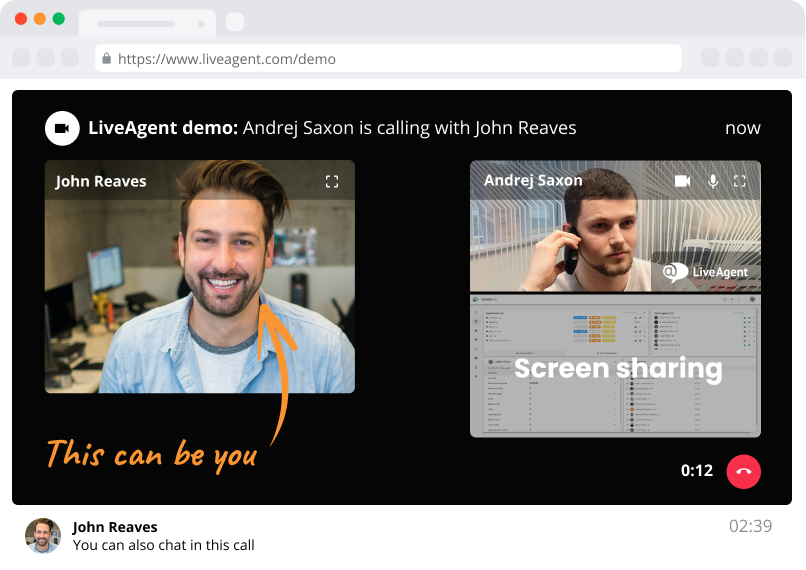
How to schedule a call with the customer?
Send the customer an email or calendar invite with the date and time of the call, as well as a link to the meeting. Be sure to include any additional information that they may need, such as an agenda or a list of questions to prepare for the call.
What tools to use for scheduling a call with the customer?
- Scheduling tool – to arrange a time for the call
- Calendar software – to save the date
- Email service provider – to send the invite
This is the first thing that new customers see when they sign in, so it will set the tone for future interactions.
Why is it important to include a greeting screen or modal?
Not only is this an opportunity to make a great first impression, but it’s also a chance to provide some helpful information about your software. This will let your customers know what to expect and how to get the most out of your SaaS application.
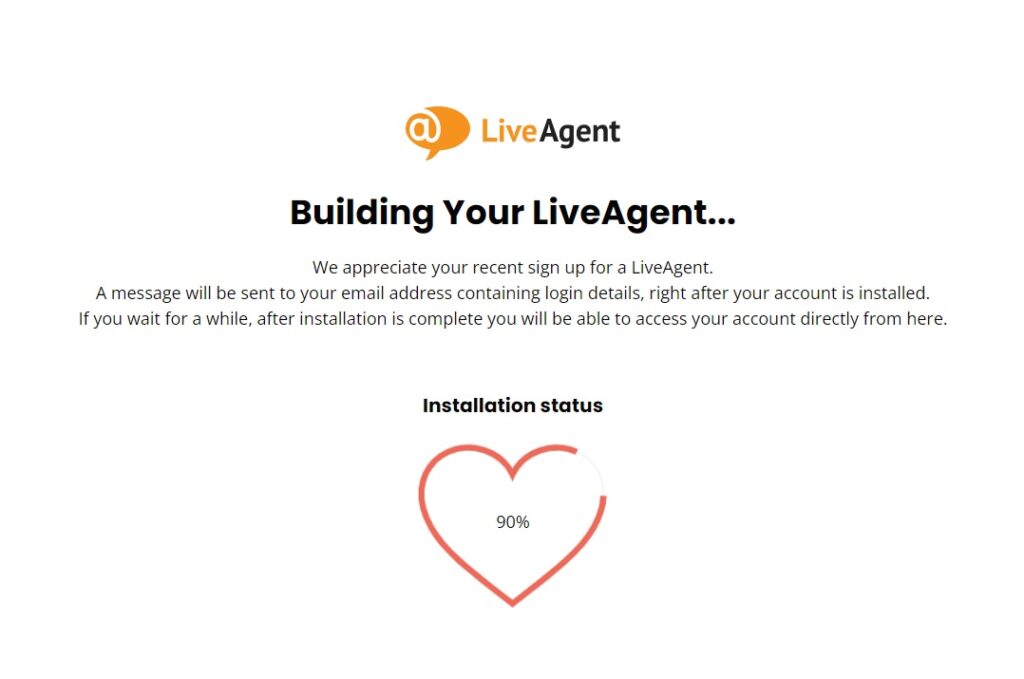
How to include a greeting screen or modal?
Either create one yourself using HTML, CSS, and JavaScript or use a tool like Appcues to create and manage your greetings.
What tools to use for including a greeting screen or modal?
- HTML, CSS, and JavaScript – to create a greeting screen or modal
- Appcues – to create and manage greetings
During the call or meeting, ask what the client wants to achieve by using your SaaS.
Why is it important to set customer success goals?
Having a clear understanding of the client’s onboarding goal means that you’ll be able to tailor the onboarding process to their specific needs. This will help them see results faster and increase their chances of success using your product.
How to set customer success goals?
Work with the client to identify their specific aims of using your software. Once you have a good understanding of what they’re hoping to achieve, create a list of onboarding tasks so they can best use your SaaS application to achieve those goals.
What tools to use for setting customer success goals?
- Goal-setting worksheet – to help you and the client identify specific objectives
- Project management tool – to create a plan for achieving those objectives
Once the client’s goals have been set, it’s time to appoint someone to look over the progress made towards achieving them.
Why is it important to assign a customer success manager?
A good customer success manager will help the client get the most out of your software by providing guidance and support. They’ll be there to answer any questions, offer advice, and monitor how the client is doing.
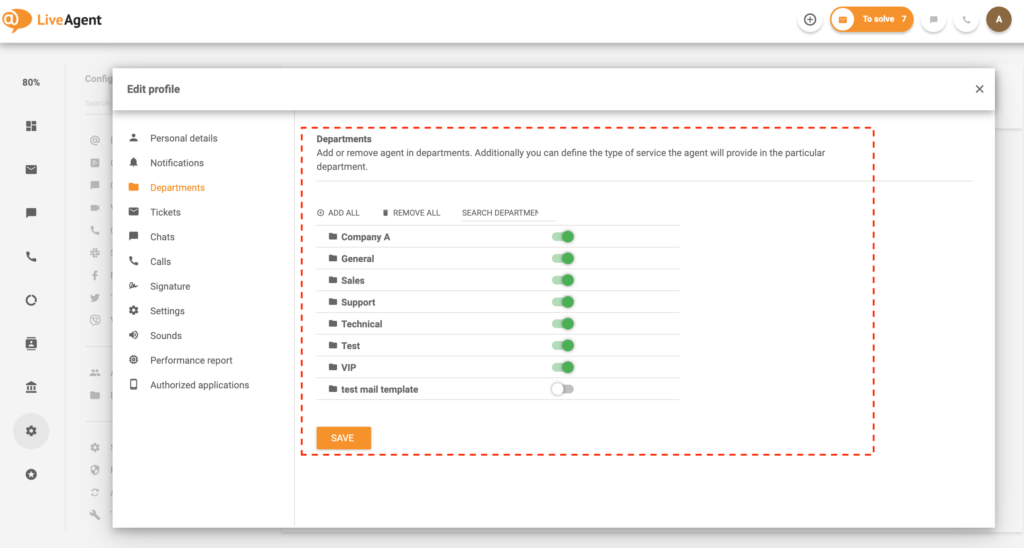
How to assign a customer success manager?
Choose someone who is both knowledgeable about your software and good at working with people. This person should be someone who the client can feel comfortable communicating with and can trust to help them achieve their goals.
What tools to use for assigning a customer success manager?
- Staff directory – to find someone who is both knowledgeable about your software and good at working with people
- Customer relationship management (CRM) system – to keep track of the client’s progress and interactions with the customer success manager
The type you choose will depend on the needs of your business and your customers.
Why is it important to choose the right onboarding model?
The SaaS onboarding process should be designed to meet the specific needs of your business and your customers. If it’s too long or complicated then you’ll risk losing customers before they even get started.
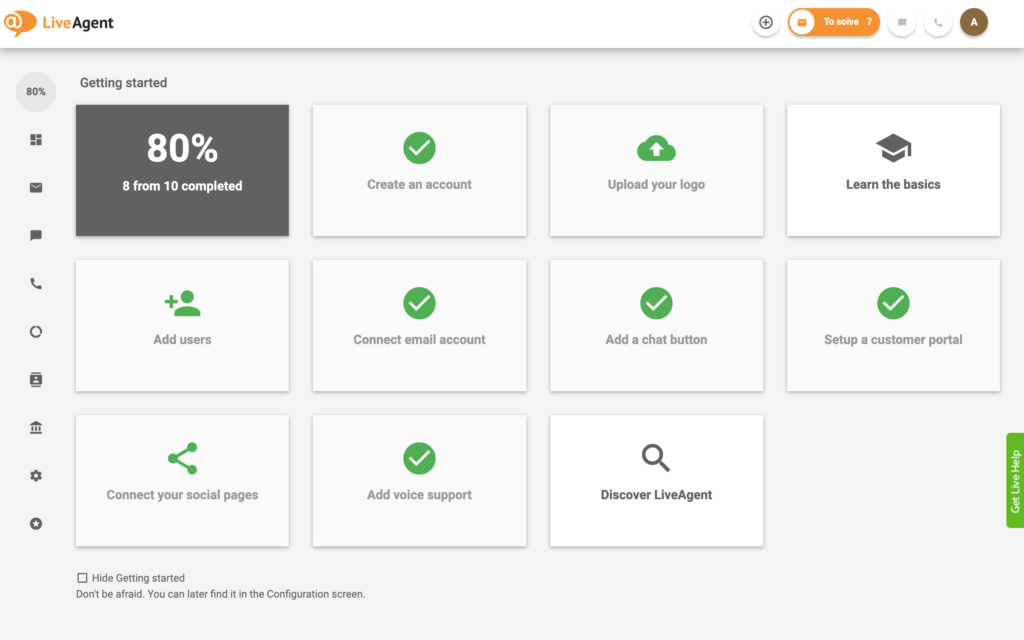
How to choose an onboarding model?
Self-serve onboarding means that customers can get started using your software without any help from you, often making it the best option for simple applications with a low learning curve. A low-touch onboarding model requires you to provide some assistance, but customers can still largely figure things out on their own. A high-touch model is best for more complex applications when customers will need significant help to be successful.
What can help you choose an onboarding model?
- Your business goals – to determine what kind of customer onboarding experience will best meet your needs
- Your customers – to understand their needs and how they learn best
This will allow you to identify any areas where the customer might be struggling.
Why is it important to set up tracking and analytics?
Checking in on how the customer is progressing will help you measure their progress towards meeting their goals and spot any potential problems. As a result, you’ll be able to assist them and ensure that they stay on track.
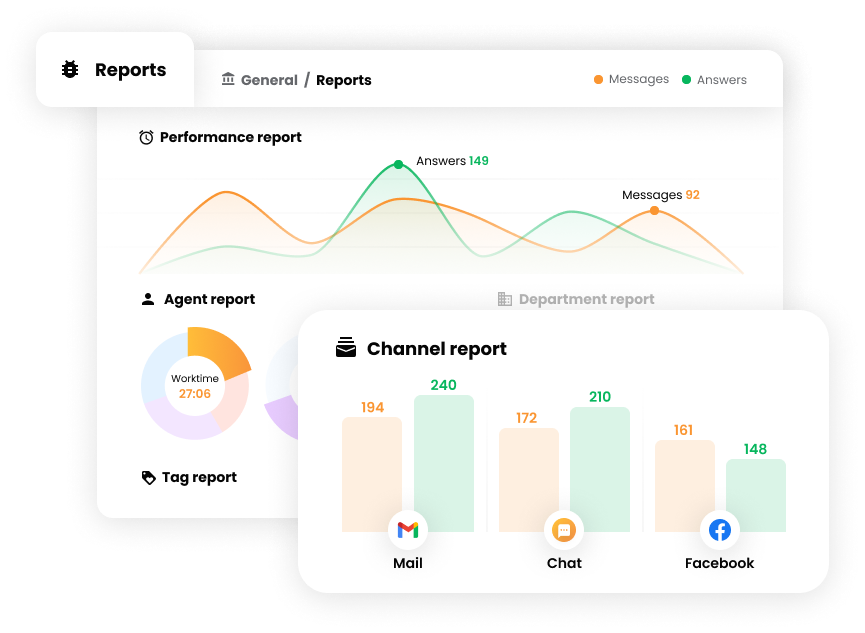
How to set up tracking and analytics?
One of the most effective methods is to use a data-driven approach. This means gathering information from a variety of sources to get a complete picture of the customer’s progress.
What tools to use for setting up tracking and analytics?
- Customer success platform – to track customer health and activity across multiple channels
- Data visualization tool – to help you make sense of all the data and identify patterns
The “a-ha!” moment is when a customer suddenly realizes the value of your product.
Why is it important to identify your Eureka moment?
The “a-ha!” moment is essential for driving product adoption and preventing customers from churning. It’s the point at which they realize the full potential of your product and how it can help them achieve their goals.
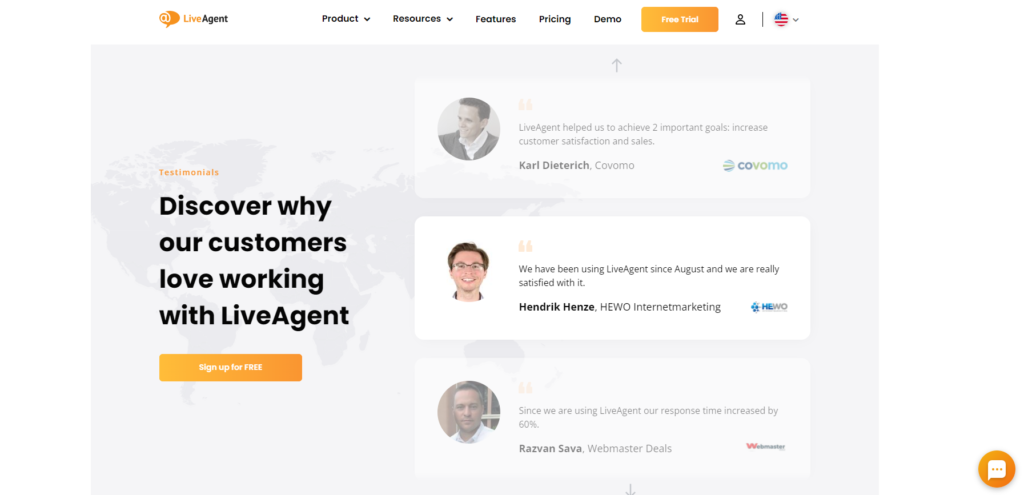
How to identify your Eureka moment?
First, you can ask existing, satisfied customers when they experienced it through surveys, interviews, or even just casual conversations. You can also look for patterns in your data to identify when different customers are most likely to have their Eureka moments.
What tools to use for identifying your Eureka moment?
- Survey tool – to collect customer feedback about their “a-ha!” moments
- Chat tool – for talking with customers in real-time to ask them
- Data analysis tool – to identify patterns in customer behavior
This is the sequence of events that leads a client from first using your software to having their “a-ha!” moment with it.
Why is it important to build a customer path backward from the Eureka moment?
By understanding the steps that lead up to the “a-ha!” moment, you can work to ensure that all customers have a smooth and successful journey to it. This will ultimately help reduce churn and increase product adoption.
How to build a customer path backward from the Eureka moment?
Start by mapping out the different steps that lead up to the “a-ha!” moment, then reverse engineer them to create a customer path. Once you have the path, you can identify any potential roadblocks and work on removing them.
What tools to use for building a customer path backward from the Eureka moment?
- Customer journey mapping tool – to visualize the customer’s journey from start to finish
- Project management tool – to help remove any roadblocks and streamline the journey
Having a collection of articles, product tutorials, and other resources available will help customers with using your SaaS.
Why is it important to set up a knowledge base or FAQ page?
They can be valuable resources for customers who are struggling to use your product or who have questions about it. By providing them with the answers they need, you can reduce the likelihood of giving up and churning.
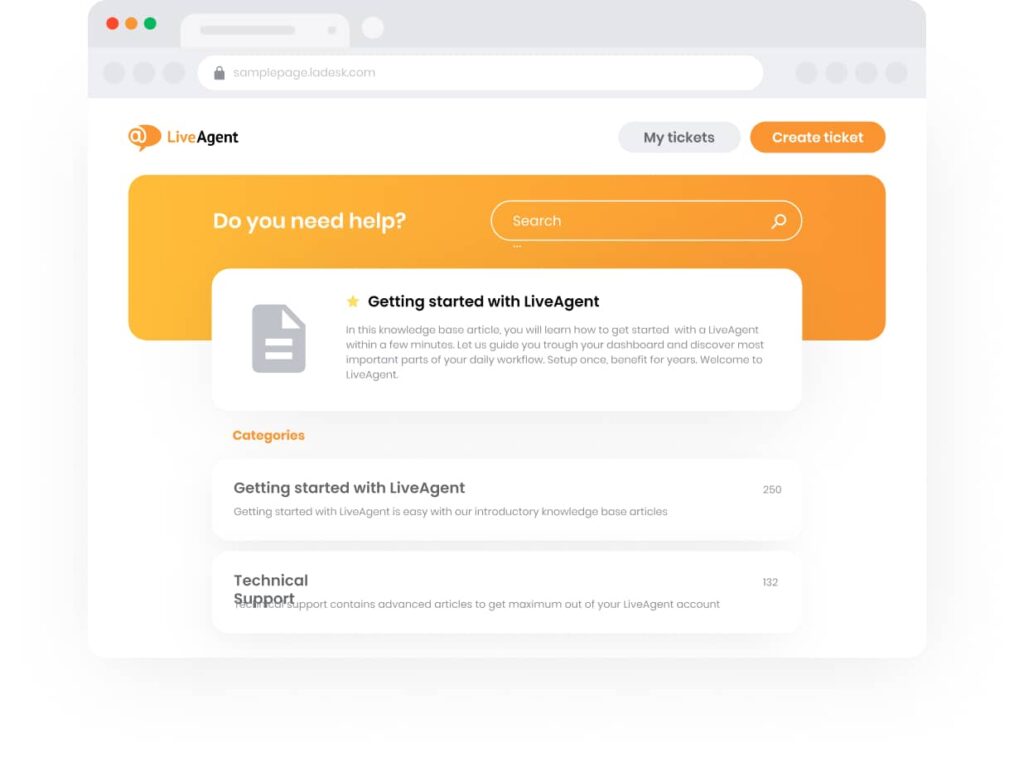
How to set up a knowledge base or FAQ page?
Create the articles yourself, hire someone else to write them for you, or use a tool to generate them automatically. Altogether, you should aim to have at least 100 articles in your knowledge base.
What tools to use for setting up a knowledge base or FAQ page?
- Feedback tool – to identify customers’ frequently asked questions
- Knowledge base software – to generate articles automatically based on customer questions
- Content management system – to host and manage all the articles in one place
Guides of any kind are a great way to help customers learn how to use your product.
Why is it important to make (video) tutorials?
If customers can’t figure out how to use your product, they’re likely to give up and churn. By providing them with step-by-step guides, you can increase the chances of them becoming long-term customers or even brand advocates.
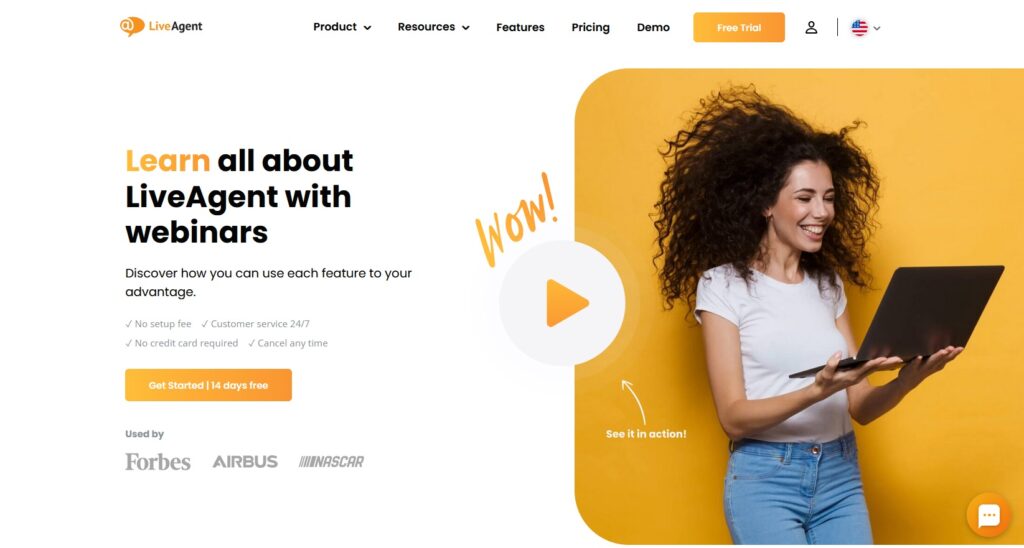
How to make (video) tutorials?
You can either create them yourself or hire someone else to do it for you. There are several different ways to make tutorials, but a video is often the most effective.
What tools to use for making (video) tutorials?
- Screen recording tool – to record your screen while you walk through the steps
- Video editing software – to add visuals and polish the final product
- Video hosting platform – to host and deliver the videos to your customers
This is a great way to offer support to customers in real-time while they are using your software.
Why is it important to implement chatbots or live assistance tools?
Customers who are struggling to use your SaaS might need assistance in real-time. Offering this kind of support will help them get the most out of your product and reduce the likelihood of them churning.
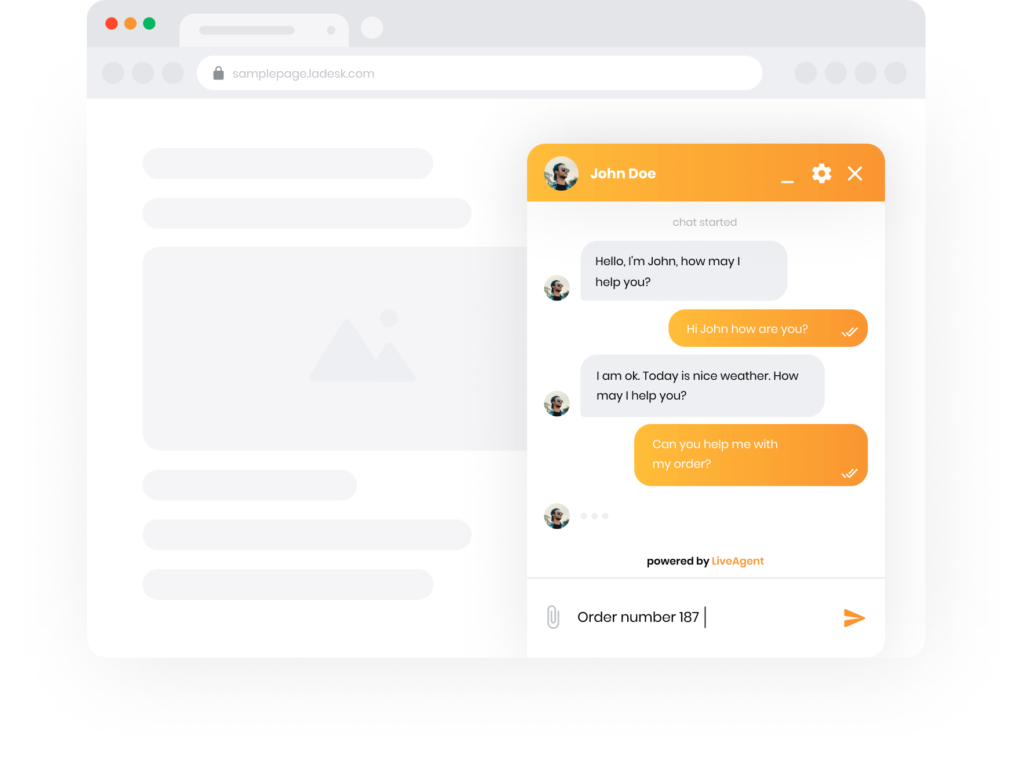
How to implement chatbots or live assistance tools?
There are several different chatbot and live assistance tools available, so you’ll need to decide which one is right for your business. Once you’ve made your decision, you can start setting up the tool and training your product team on how to use it.
What tools to use for implementing chatbots or live assistance tools?
- Chatbot software – to automate support conversations
- Live chat software – to offer real-time support to customers
- Customer relationship management (CRM) software – to track and manage customer interactions
LiveAgent is a powerful tool that offers a great way to provide excellent customer support.
Why is it important to use help desk software like LiveAgent?
By providing support through a help desk, you can increase customer satisfaction and loyalty. That is because you’ll be able to address their issues and help them get the most out of your SaaS.
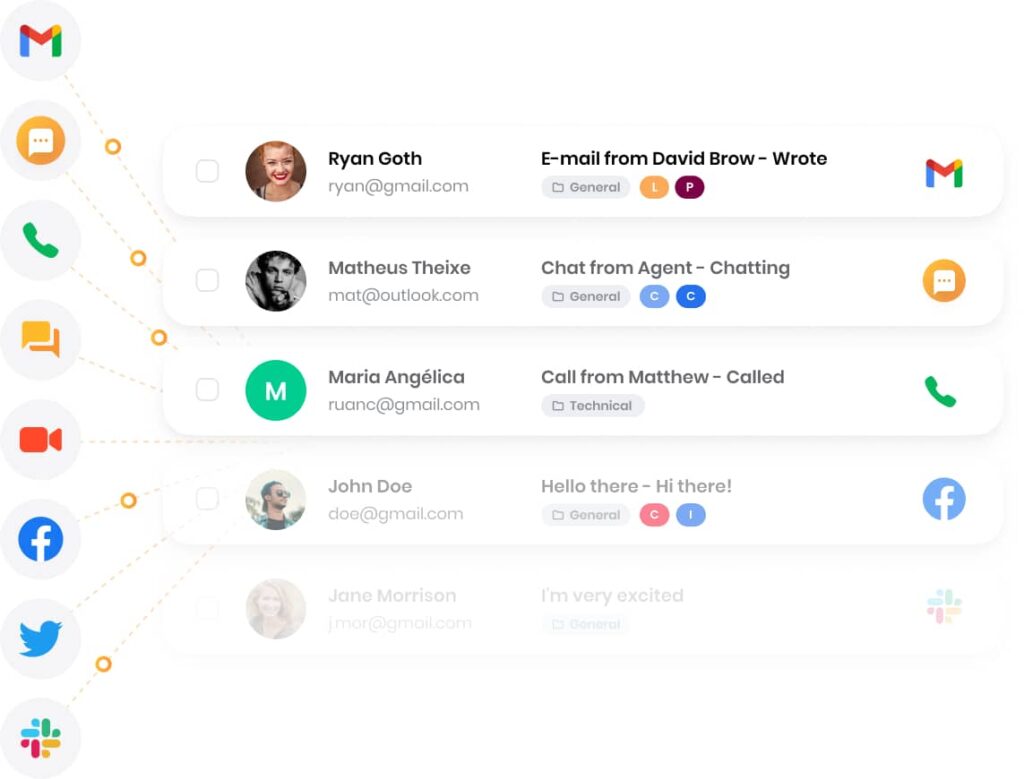
How to use help desk software like LiveAgent?
You’ll need to sign up for an account and then start setting up the features.
To know how to do that, check out the LiveAgent knowledge base. You will find many useful tutorials there that help launch the software without any hassle.
When you use multi-channel help desk software, you can provide seamless customer service across all channels. By using this solution, you’ll be able to improve your response time and respond to customer inquiries faster – making your customers happier after all.
LiveAgent offers a free trial, so you can explore the key features and see if it’s right for your business at any moment.
What help desk software to use?
- LiveAgent – offers a 30-day free trial and is one of the most popular options for help desk software, with many features such as ticketing, live chat, knowledge base, and automation
Methods for SaaS customer onboarding
- Make it easy to sign up
This process should be as easy as possible for your new customers, so minimize the number of steps and make sure the signup process is short and simple. A complicated sign-up procedure will only dissuade potential customers.
- Get them to use your SaaS as soon as possible
The sooner a new customer starts using your software, the better. Once they’ve signed up, give them a tour of the product or send them an email with instructions on how to get started.
- Create a personalized experience
Your SaaS should be tailored to each customer by adding a personal touch, so make sure you collect data on their preferences and use it to tailor the customer onboarding journey to them. This could include things like sending them targeted content or giving them a personalized product tour.
- Collect feedback and use it to improve the process
Customers’ opinions are essential for improving your onboarding strategy, so collect feedback regularly and use it to make positive changes. You can do this through a follow-up email, app messaging, surveys, interviews, etc. Users’ opinions shared online can also act as social proof, working as positive reinforcement to encourage more potential customers to use your SaaS.
- Provide a free trial
Letting potential customers try out your SaaS before they commit to a purchase is a great way to increase conversions. Just make sure the trial is long enough for them to get a good feel for the product without limiting a single feature and preventing prospects from experiencing its full potential.
Summary of the SaaS customer onboarding checklist
- Prepare an automated welcome message
- Schedule a call with the customer
- Include a greeting screen or modal
- Set customer success goals
- Assign a customer success manager
- Choose your onboarding model
- Set up tracking and analytics
- Identify your Eureka moment that drives product adoption
- Build a customer path backward from the Eureka moment
- Set up a knowledge base or FAQ page
- Make (video) tutorials
- Implement chatbots or live assistance tools
- Use help desk software like LiveAgent
Frequently Asked Questions
How can I improve my customer onboarding process?
The first step is to make your customer onboarding strategy simple and easy to follow. Get them up to speed on each core feature quickly by providing a referral source to a lot of helpful onboarding materials such as tutorials and guides, and offer support so that your customer base can get help if required.
What's the best way to onboard new customers?
First, it’s important to clearly define what you want new customers to do – whether that’s signing up for a free trial, making a purchase, or something else entirely. Once you know your target outcome, you can work backward to figure out the steps needed to get there. Next, make sure your SaaS onboarding process is streamlined and easy to understand You might decide that low-touch onboarding, a self-service-focused approach, is the best way to reduce the completion time.
How do I reduce customer churn?
One of the most important things for increasing customer retention rates is to make sure that they are satisfied with your product or service. Address any customer complaints and try to resolve them as quickly as possible, as well as check in with your clients regularly to see how they’re doing and what their needs are. If you can proactively address any issues before someone becomes dissatisfied, you’ll be in a much better position to keep them from churning and turn them into loyal customers.
When should I start customer onboarding?
In general, doing so as soon as possible after a customer signs up for your service gives you the best chance to ensure that they understand how to use your product or service and can get the most out of it. It’s also important to maintain regular communication with customers to identify any areas where they may need more assistance.
What's the best way to welcome new customers?
Show gratitude to them for choosing your business – a simple “thank you” card can go a long way in making customers feel appreciated. Also, make sure they have a positive experience – first impressions matter, so you must do everything you can to make sure first-time customers enjoy doing business with you from the very beginning.
You will be
in Good Hands!
Join our community of happy clients and provide excellent customer support with LiveAgent.

Our website uses cookies. By continuing we assume your permission to deploy cookies as detailed in our privacy and cookies policy.
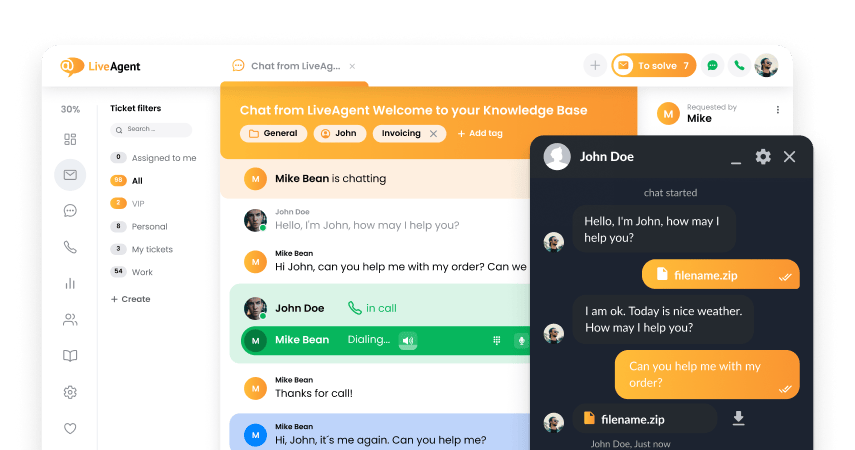
- How to achieve your business goals with LiveAgent
- Tour of the LiveAgent so you can get an idea of how it works
- Answers to any questions you may have about LiveAgent

 Български
Български  Čeština
Čeština  Dansk
Dansk  Deutsch
Deutsch  Eesti
Eesti  Español
Español  Français
Français  Ελληνικα
Ελληνικα  Hrvatski
Hrvatski  Italiano
Italiano  Latviešu
Latviešu  Lietuviškai
Lietuviškai  Magyar
Magyar  Nederlands
Nederlands  Norsk bokmål
Norsk bokmål  Polski
Polski  Română
Română  Русский
Русский  Slovenčina
Slovenčina  Slovenščina
Slovenščina  简体中文
简体中文  Tagalog
Tagalog  Tiếng Việt
Tiếng Việt  العربية
العربية  Português
Português 
